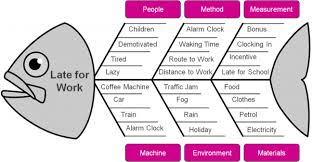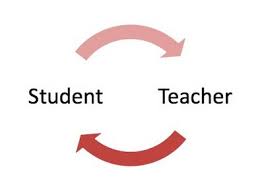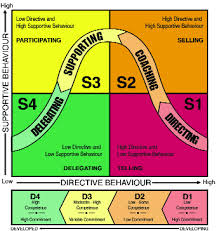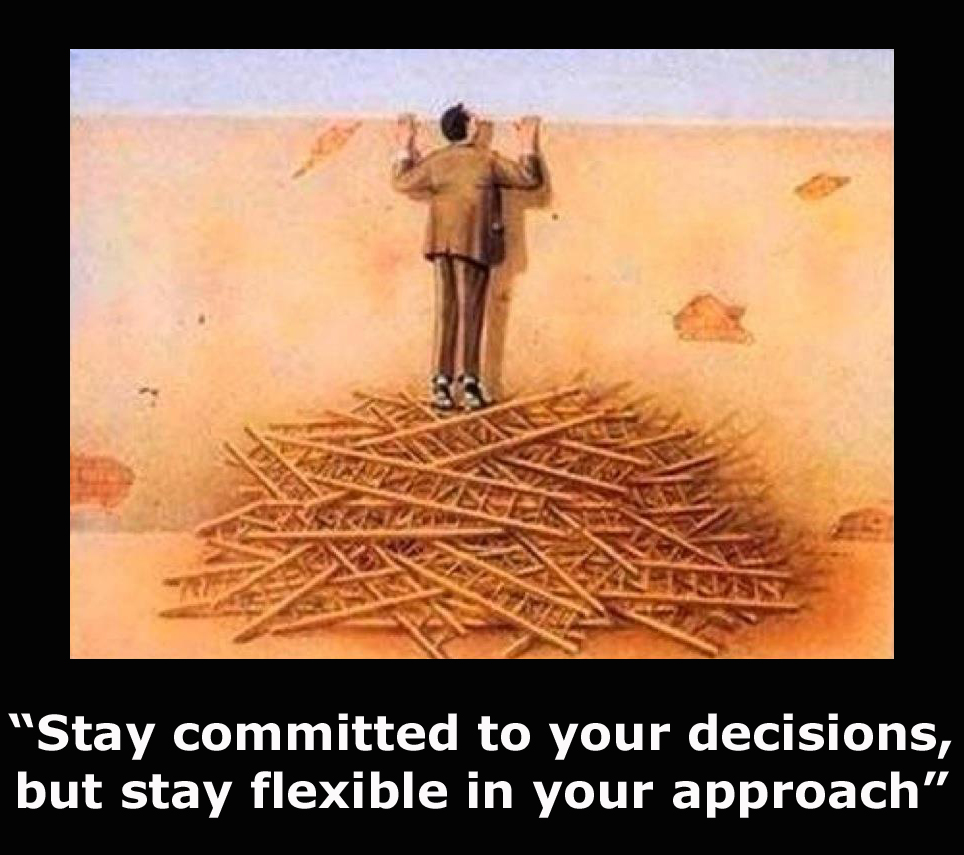That’s right, as of March 28th Whiteboard Consulting is 3 years old!
Both Nicole and I are breathing a sigh of relief that we made it out of the Terrible Two’s, which, though not truly “terrible,” did provide us with our fair share of lessons.
Three Things We Learned in Our Third Year
- We thought we would be doing all Process Improvement, all the time. We were wrong. Instead, we have been doing more and more training and facilitation as the months have gone by. Why is this? Two reasons: first, most organizations don’t know that they need process improvement. They don’t come to us, hat in hand, and say, “Please Ruth & Nicole, will you fix our processes?” Instead, they express concern over a symptom, or ask for information on how to improve a specific aspect of their business. This almost always leads to some kind of facilitated work and/or training, and sometimes also to true process improvement work. The second reason is that, without intending to boast, we are excellent trainers, and word gets around.
- Network. All the Time. In the first half of 2014 we were extremely busy, and spent little to no time networking and generating new business. It seemed natural for the work to come to us, so imagine our surprise when the pipeline dried up in late summer and it took several months to get it moving again.
- Do what you love. We love to train and write. Our courses for both the general public and our private sector clients, as well as the courses we teach for the Government of Ontario, are received with wonderful feedback, and our blogs are being picked up by the Huffington Post more and more frequently. (Look for them in Forbes soon if all goes well.) We really enjoy process improvement work, and when teaching and writing are thrown in, we are very happy campers.
In Our Fourth Year We Are…
- the Queens of networking and business development, taking Whiteboard into a year of growth.
- following Sean Covey’s Four Disciplines of Execution and taking a page out of our own book too – this means we are focused on the activities that act as lead measures and will drive our ultimate goal of revenue generation. We have weekly accountability meetings and have laser-focus on the activities we need to achieve to be successful.
- finding ways to say yes. If clients ask us to do work that conflicts with something else in the schedule, we figure out a way to make it happen. If that means Nicole does one event and I do another, so be it. Hard for us to let go of each other’s apron strings, but that’s what it means when you’re a toddler instead of a two-year-old.
- training. A lot. Our next two public courses are:
- Lean Six Sigma for Service Delivery, a 3-day course in May in Toronto. (Click here)
- Performance Measurement 101, a 2-day course in April and May in Toronto. (Click here)
Thank you for your engagement, your comments, your “Likes,” “Shares,” “Favourites,” and “Retweets.” We look forward to even more of those in the coming year!
Until next week,
Ruth.





 A process can be defined as a series of actions or steps that are undertaken in order to achieve a particular outcome. Some common examples that may resonate with you – think of the steps that are involved in each:
A process can be defined as a series of actions or steps that are undertaken in order to achieve a particular outcome. Some common examples that may resonate with you – think of the steps that are involved in each: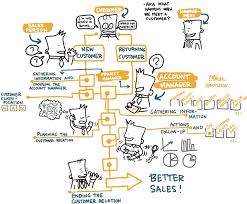

 mething could go wrong, you’d be right. And how might that be a good thing? It can protect you from dangerous situations.
mething could go wrong, you’d be right. And how might that be a good thing? It can protect you from dangerous situations.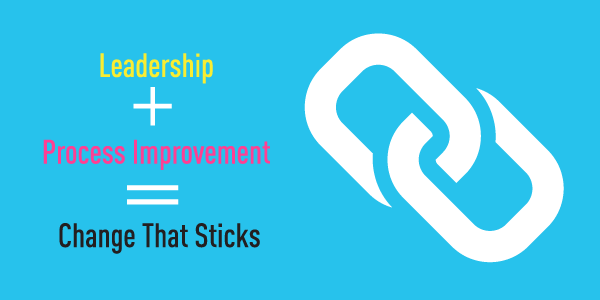
 respectfully, PFFT.
respectfully, PFFT.

 Use this information to tell a SHORT brief story about how something in step 1, happened to you. Don’t go on-and-on. And despite your brain DYING to tell this person how your business, idea, product will be perfect for them, take some time to go to step 3.
Use this information to tell a SHORT brief story about how something in step 1, happened to you. Don’t go on-and-on. And despite your brain DYING to tell this person how your business, idea, product will be perfect for them, take some time to go to step 3.
